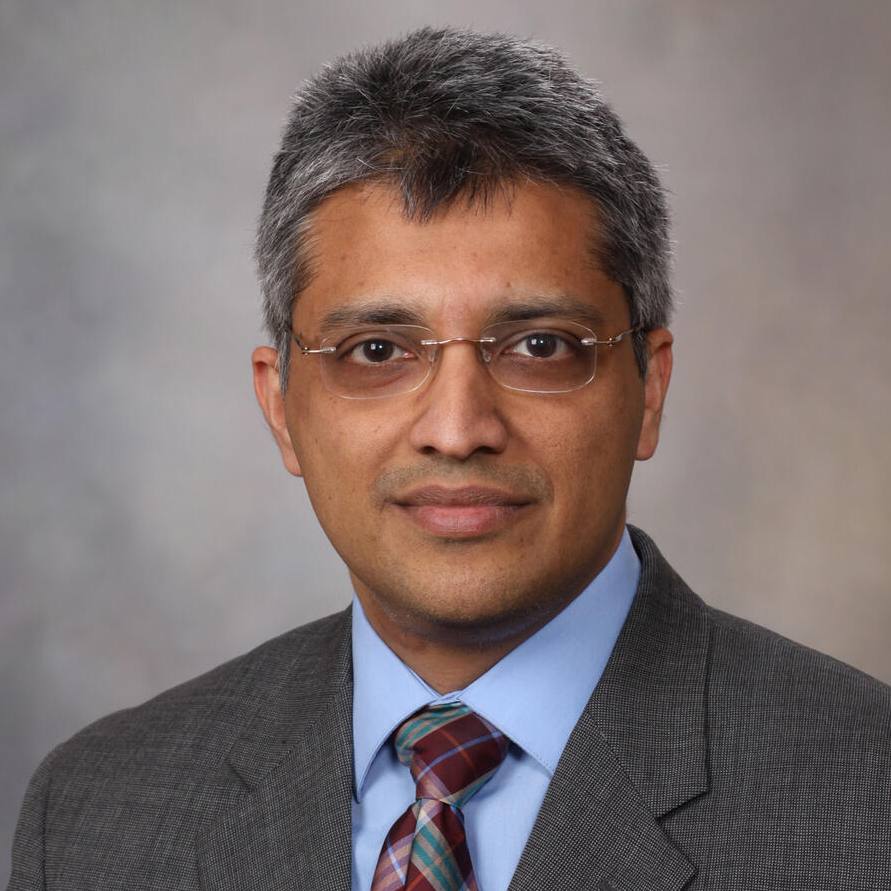-
Mayo Clinic Named Top Hospital for Hispanics in 2013
ROCHESTER, Minn. — Mayo Clinic is named a Top Hospital for Hispanics by Hispanic Network Magazine in its 2013 "Best of the Best" issue. Each year, Hispanic Network Magazine monitors employers, diversity programs and executive leadership, law enforcement and government agencies, as well as colleges, universities and MBA programs nationwide for their efforts and programs with Hispanic communities in the U.S. The magazine also identifies the "Best of the Best" in proactive outreach and accessibility for Hispanic communities and other minority populations.
MULTIMEDIA ALERT: Video of Dr. John Noseworthy, Mayo Clinic president and CEO, talking about Historias Mayo is available on the Mayo Clinic News Network.
Mayo Clinic's designation as a Top Hospital for Hispanics reflects its recently enhanced efforts to better connect with Spanish-speakers and deepen the historic and multifaceted bond between Mayo Clinic and Hispanic communities globally. This outreach is occurring through community collaborations around patient care, research and education.
"Diversity at Mayo Clinic is as much our future as it is our past," says Sharonne Hayes, M.D., director of the Office of Diversity and Inclusion and a cardiologist at Mayo Clinic. "Encouraging and including contributions from diverse individuals has been a core value since the founding of Mayo Clinic 150 years ago, and there's an even greater acknowledgement today that diversity is critical to the future of Mayo Clinic and health care."
Some of Mayo Clinic's recently launched outreach initiatives include Historias Mayo, a video storytelling campaign sharing Mayo's inspiring Hispanic patient and physician stories. Mayo Clinic is growing its influence in Hispanic social media via Spanish-language Twitter and Facebook accounts. Mayo Clinic also recently redesigned its Spanish website.
These outreach efforts reflect considerable organizational change implemented by Mayo Clinic for greater diversity in research, education and patient care. These efforts have gained momentum in recent years with the creation of Mayo's Office of Diversity and Inclusion and an institutional diversity road map.
Mayo's College of Medicine, through its Office for Diversity, assists Mayo Clinic in actively recruiting and retaining underrepresented minority students, and creating an open and welcoming environment for learners, faculty and staff. "Diversity among physicians and scientists of tomorrow is important," says Dr. Hayes, "Our College of Medicine works hard to attract and retain students from many different backgrounds."
Mayo Clinic recently launched an Office of Health Equities and Inclusion to enhance patient care and increase health equity among all the patient populations it serves. Mayo's Office of Health Disparities Research ensures that Mayo's research subjects and patients reflect the diversity found within the broader population. The Office also supports research aimed at eliminating health disparities.
"We can provide better care to more people when there is greater minority representation in medical research," says Gloria Petersen, Ph.D., co-director, Office of Health Disparities Research, Mayo Clinic. "To address breast cancer disparities, for example, Mayo Clinic researchers have enrolled more than 500 Hispanic women in a breast mammography study in Arizona."







